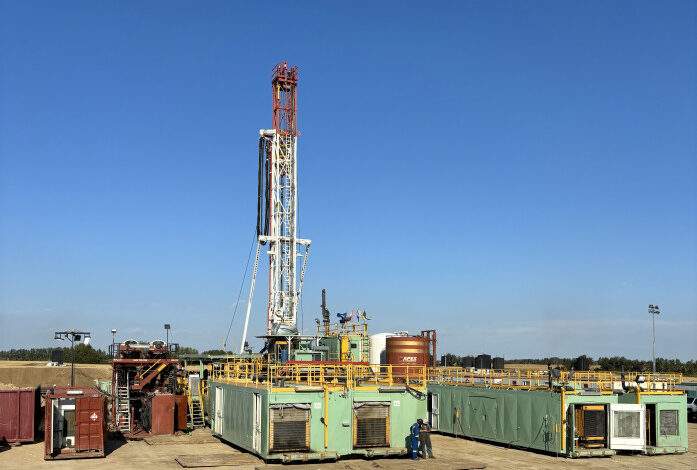Trans Canada places second well on production in GP reservoir

Trans Canada Gold has placed its second newly drilled multilateral well on production. The company encountered oil in the GP reservoir target zones of interest and the well started production on September 7th. Croverro Energy, the operator, has finished battery construction and successfully completed the well.
It is currently recovering drilling fluid with increased oil recovery percentage and oil production rates will be released shortly once production has stabilized.
Trans Canada has acquired additional lands inside the Area of Mutual Interest (AMI), contiguous with existing lands, which will allow additional opportunity for multilateral wells. The newly acquired lands have the oil resource potential in both the Sparky and GP producing zones.




